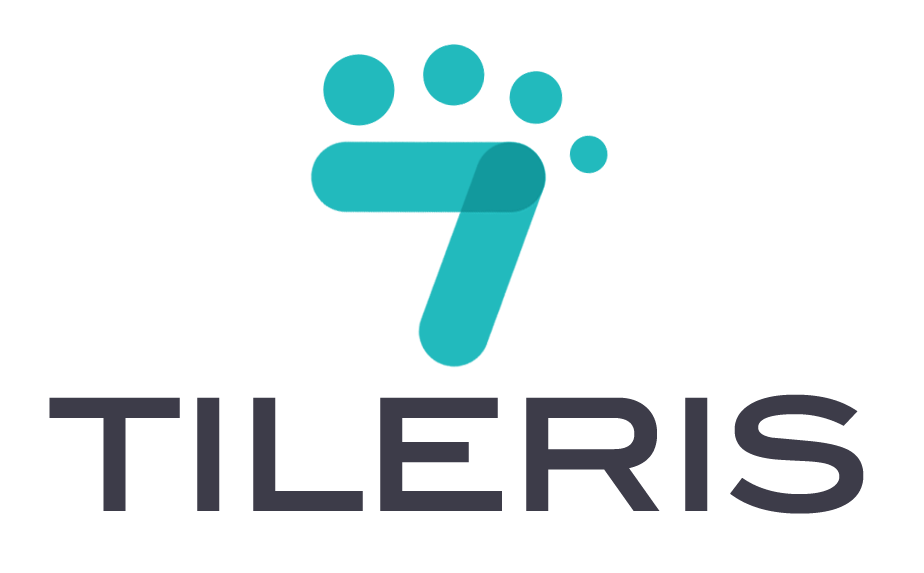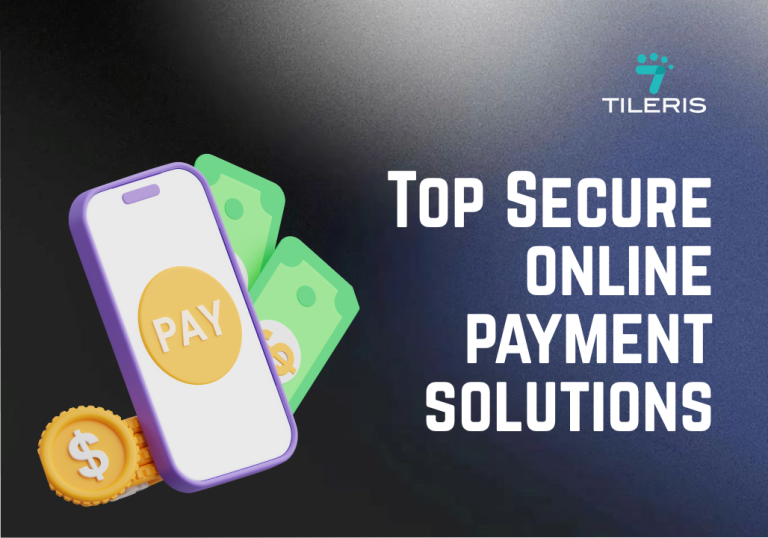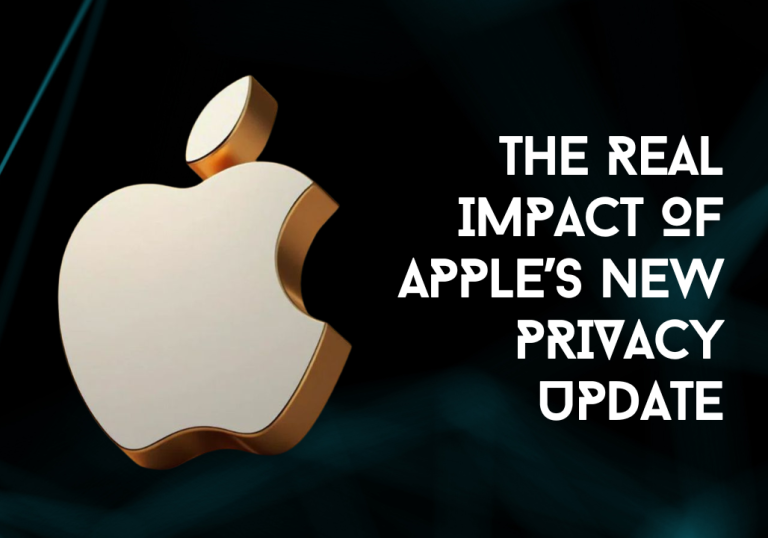Social Media Safety Checklist
Introduction
Social media has become an indispensable part of our daily lives, connecting us with friends, family, news, and entertainment. From sharing life’s moments to building professional networks, these platforms offer incredible opportunities. However, with their widespread use comes the crucial responsibility of social media safety. Without proper precautions, you can expose yourself to risks like identity theft, cyberbullying, scams, and privacy breaches. This article is your guide to staying secure online, providing a comprehensive social Media safety checklist designed to help you protect yourself and your information on all your favorite platforms.
Different steps to take to protect your social media
Profile Security: Protecting Your Online Presence
The first line of defense for your social media presence is the security of your profile itself. Strong foundational security prevents unauthorized access and keeps your personal space truly private.
- Create Strong, Unique Passwords: Don’t reuse passwords across different accounts. Opt for long, complex passwords that combine uppercase and lowercase letters, numbers, and symbols. A password manager can help you create and store these securely.
- Enable Two-Factor Authentication (2FA): This is a critical security layer. 2FA requires a second form of verification (like a code sent to your phone or generated by an authenticator app) in addition to your password. Even if a cybercriminal gets your password, they can’t access your account without this second step.
- Use Unique Login Credentials: Avoid using your social media login to access other apps or websites, especially if it’s not a service directly linked (like logging into Instagram via Facebook, which is fine). If one third-party service is breached, your social media account could be compromised.
Online Behavior: Be Mindful of Your Online Behavior
What you do and who you interact with online significantly impact your safety. Vigilance and common sense are your best allies.
- Be Cautious with Friend Requests and Followers: Only accept requests from people you genuinely know and trust. Fake profiles are common tools for scammers and phishers looking to gain access to your network or personal information. For public profiles, regularly review your follower list.
- Avoid Suspicious Links and Downloads: If a link looks strange, comes from an unknown sender, or promises something too good to be true, don’t click it. This includes links in direct messages, comments, or posts. Hover over links to see the URL before clicking, and never download files from untrusted sources.
- Be Respectful and Professional Online: Your digital footprint is permanent. What you say or share can be screenshotted, saved, and used against you. Avoid engaging in heated arguments, sharing hateful content, or posting anything you wouldn’t want a future employer, family member, or the public to see.
Keep Your Personal Information Private
The more personal information criminals can gather about you, the easier it is for them to commit identity theft or targeted attacks.
- Limit Personal Information Shared Online: Be extremely selective about what personal details you share. This includes your full birthdate, home address, phone number, workplace details, and even seemingly innocent facts like your pet’s name (which might be a security question answer).
- Using Privacy Settings to Control Who Sees Personal Information: Dive deep into the privacy settings on each social media platform. Adjust who can see your posts, photos, friend lists, and profile information. Set your default sharing to “Friends Only” or “Private” for most content, and manually select “Public” only when absolutely necessary.
- Be Cautious When Sharing Location Information: Turning off geotagging on photos and posts, and being selective about checking into locations, can prevent others from tracking your movements or knowing when your home is empty.
Know How to Handle Cyberbullying and Harassment
Unfortunately, social media can be a breeding ground for negativity. Knowing how to react to cyberbullying and harassment is crucial for your well-being.
- Recognizing Signs of Cyberbullying and Harassment: This includes repeated aggressive messages, public shaming, spreading rumors, impersonation, doxing (sharing private information), and sending unwanted explicit content. It can come from strangers or even people you know.
- Reporting Incidents to the Platform or Authorities: Most social media platforms have robust reporting tools. Use them immediately to report abusive content or users. If the harassment involves threats of violence, illegal activities, or affects your physical safety, report it to law enforcement.
- Blocking or Muting Abusive Users: Don’t engage with bullies. The best approach is often to block or mute them. Blocking prevents them from seeing your content or contacting you. Muting allows you to avoid their content without them knowing.
Device and App Security
The security of your social media accounts is directly tied to the security of the devices and applications you use to access them.
- Keeping Devices and Apps Up-to-Date: Software updates often contain critical security patches that fix vulnerabilities hackers could exploit. Enable automatic updates for your operating system (Windows, macOS, iOS, Android) and all your social media apps.
- Using Antivirus Software: Install reputable antivirus and anti-malware software on your computers and mobile devices. Keep it updated and run regular scans to detect and remove threats.
- Downloading Apps from Trusted Sources: Only download social media apps or related tools from official app stores (Google Play Store, Apple App Store) or directly from the platform’s official website. Avoid third-party app stores or direct downloads, which might contain malicious software.
Parental Guidance
For parents, guiding minors through the complexities of social media is essential for their safety and digital literacy.
- Monitoring Social Media Activity: Depending on your child’s age and maturity, consider using parental control apps or having open access to their social media accounts. Regularly review their activity, friends, and content.
- Setting Boundaries and Rules: Establish clear rules about screen time, what information can be shared, who they can connect with, and what kind of content is appropriate. Discuss the consequences for breaking these rules.
- Educating Children About Online Safety: Teach your children about the permanence of online content, the dangers of talking to strangers online, the importance of strong passwords, and how to identify and report cyberbullying or suspicious activity. Foster an open dialogue where they feel comfortable coming to you with concerns.
Conclusion
Staying safe on social media requires proactive effort and constant vigilance. By consistently applying the tips in this comprehensive social media safety checklist, you can significantly reduce your risk of privacy breaches, identity theft, and online harassment. From securing your profiles with strong passwords and 2FA to being mindful of what you share and how you interact, every step contributes to a safer online experience. Regularly review your privacy settings, update your devices, and educate yourself and your family about emerging threats. Your digital well-being depends on it.
Your digital safety is paramount in today’s interconnected world, especially when navigating social media. To ensure you’re fully protected across all your online activities and beyond, download our free Security Checklist at tileris.com today. And for any deeper cybersecurity concerns or personalized guidance to fortify your digital defenses, remember that our experts are on hand to provide dedicated support and consultation for your unique needs.







